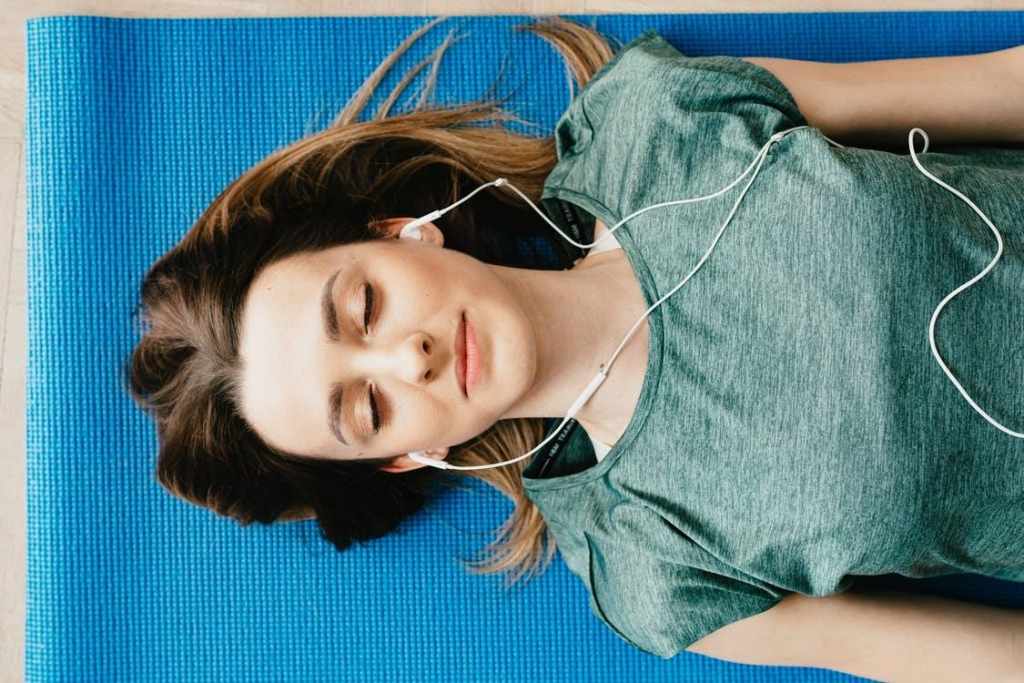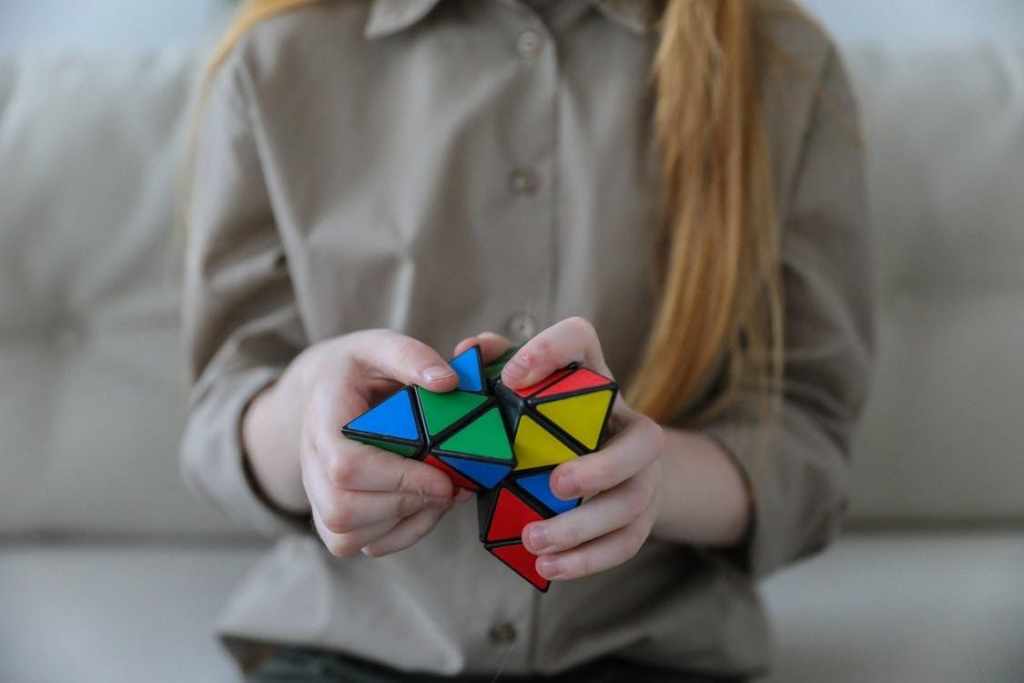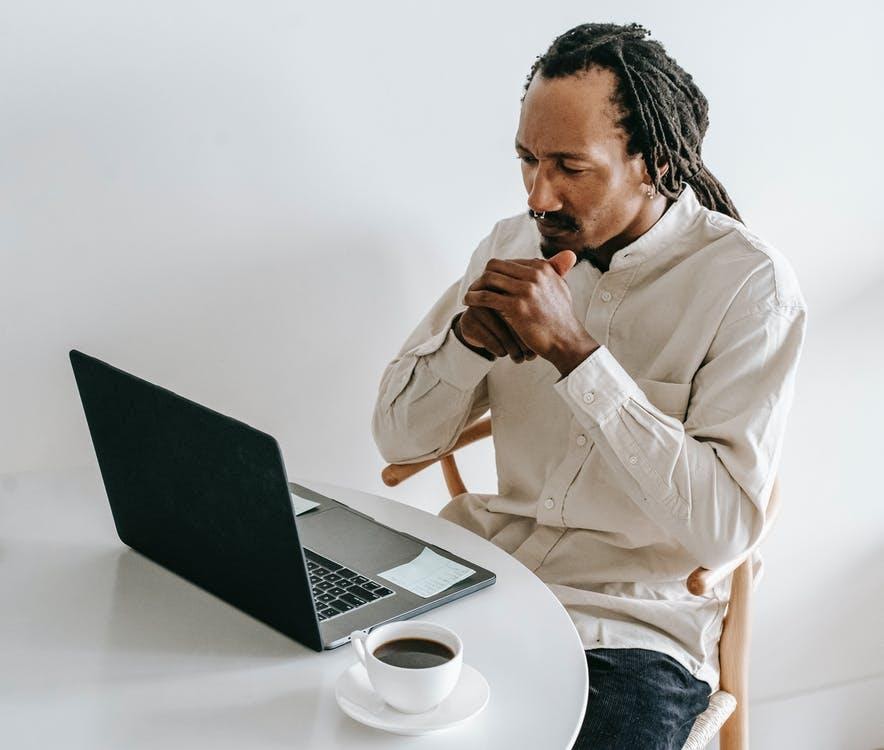Anxiety, panic attacks, and depressing thoughts can be tough to overcome. Take control of your mind with the grounding techniques outlined in this article.
Fight, Flight, or Freeze: What Is Anxiety and How to Cope with It?
Anxiety is something that every person deals with every day. For some, it manifests mildly, while for others, the effects are extreme.
Anxiety is the body’s natural way of reacting to or dealing with perceived threats and danger. The mental and physical responses in such a situation will play out as “flight, fight, or freeze.”
Anxiety is vital for our existence. However, for some people, anxiety may be quite debilitating. These may be people dealing with anxiety disorders, trauma, grief and loss, or mental health conditions such as PTSD and depression.
Heightened fear, worry, and clouded thoughts are common for people facing mild-to-severe anxiety. However, there are grounding techniques for anxiety that have been proven effective in dealing with short-term anxiety.
For anxiety that persists over the long-term, it is recommended to talk to a therapist. Thanks to online therapy, anyone can speak to a licensed therapist or counselor without an in-person visit.
Grounding Techniques for Coping with Anxiety: What Are They?

As the name suggests, grounding is a coping mechanism that allows one to stay rooted in reality when faced with anxiety. Negative flashbacks, memories, and traumatic experiences that come to mind may cause one to be detached from the present.
Grounding techniques provide a distraction from any thoughts or feelings that may bring stress, reminding the subject of the present.
For severe cases of PTSD, the person may be completely detached from reality. For example, a victim of wartime trauma may experience the exact thoughts or feelings as in a real situation.
Therefore, grounding helps to distract people and “earth” them back to reality.
Some people dealing with persistent or severe anxiety leading to depression may require more specialized help. Cognitive-behavioral therapy is one such approach that is used for learning how to cope with anxiety symptoms effectively.
But grounding techniques for panic attacks are useful for anyone and not just for people who experience severe anxiety cases.
With that context in mind, let’s explore the various types of grounding techniques and their potential in solving the anxiety problem.
Physical Grounding Techniques

Physical grounding techniques for anxiety help the person connect with their immediate physical environment or what they perceive with their physical senses.
The ultimate effect is to distract the person from unreal thoughts and perceptions, reduce panic, and focus them on the present.
We’ll cover several physical grounding techniques in this article:
Muscle Relaxation Exercises
During panic episodes, our muscles tend to “clench” and tighten as a reaction or in anticipation of flight, fight or freeze. Therefore, muscle relaxation exercises are a good way to soothe our bodies back into normalcy.
During the current pandemic, the opportunity to visit a gym or sports facility may not frequently present itself. There are plenty of exercises that are possible to do right from your living room. These include jumping jacks, jump rope, squats, and light stretching.
Mindfulness (5-4-3-2-1)

Touch, taste, smell, sound, and sight are our way of connecting to the world around us. In a situation of panic and detachment from reality, it’s easy to lose control of one or more of these senses.
Deliberately reconnecting to these 5 senses in a combination of sorts is an apt way of reconnecting to reality.
A person makes a note of 5 things they see, 4 things they hear, 3 things they can touch, 2 things they can smell, and 1 they can taste.
Purposefully doing this (in any combination or order) reconnects you to the world around you.
Breathing Exercises
During panic attacks, the rate of breathing usually intensifies and becomes lighter. The diaphragm is closely connected to the vagus nerve that is linked to parasympathetic control of human bodily functions.
A person should inhale deeply for about four seconds, retain their breath for about 4 or 3 seconds, and then exhale lightly for about 3 seconds. A person can also try to put their hands on their abdomen until steady breaths are attained.
Body Awareness
Cracking knuckles, pulling on an ear lobe, holding an ice cube, placing your palm in slightly hot water, and trimming fingernails are all methods of becoming aware of our bodies.
Physical Distractions

Sometimes, panic and anxiety attacks emanate from our immediate physical surroundings. Physical distractions such as looking at traffic, increasing the volume on the stereo, taking a drive, or even a cold shower all have the effect of grounding.
Pre-choosing a distraction such as playing the guitar or playing a video game whenever anxious is another way to avert a crisis.
Mental Grounding Techniques
A mind is a powerful place, and that’s why anxiety, stress, and other mental health conditions emanate from it. There are several ways to take control of your mind when under a panic or anxiety attack:
Describe Your Surroundings
Putting your immediate surroundings in words helps calm your nerves. You should focus on the things around you rather than those inside you.
This technique requires keen observation of the world around the subject. It’s a technique used by behavioral therapists. For this purpose, it is recommended to keep a journal of your thoughts.
Take Up Writing or Art as Hobbies

Art and writing are powerful ways of dealing with panic attacks or depressive episodes. Painting your immediate surroundings, building them, or describing them in the form of musical notes is a good way to get a hold of your anxiety.
Other hobbies include gardening, creating décor, or photography. It can help you understand your panic attacks, what situations they relate to, and what triggers them.
Indulge Your Mind in Entertainment

For most people, the mind and the body operate in sync. However, your mind can dissociate itself from the present, and anxiety can take its toll on the body. You can calm or give your mind a rest by indulging it in a playlist, a book, or a movie.
Update Your To-Do List
Thinking about your schedule and the things that you are to do will refocus your mind and help you keep the future in focus. It is recommended that you do this on a diary or an app.
Walk in Nature
Nature has a therapeutic effect. That’s why most public and private spaces have gardens. Ideally, nature should not be put in a box, so large and open spaces are preferred.
However, depending on how much time you need, it is always good to walk through the green and breathe in the fresh air.
Try Counting
Find something that interests you in your environment and see if you can keep a mental count of it. For example, you could try to count how many smiling people you meet.
You’ll find that you’ll gradually shift your mind from a negative to a positive rhythm.
Soothing Grounding Techniques for Anxiety

Sometimes overcoming the mental and physical symptoms of anxiety and panic attacks is not enough. You may need something else to draw your mind, thoughts, or feelings away from the immediate darkness.
The following soothing grounding techniques for easing your anxiety are useful:
- Playing with a pet
- Smelling a lovely fragrance or scent
- Listening to a song
- Eating something you love: chocolate, sour grapes, wine are all good candidates for this purpose
- Singing or reciting poetry
- Self-love: put on your favorite outfit and remind yourself verbally that you will overcome
- Talking to a partner, a friend, or a loved one
Soothing techniques may occupy the least space in the methods presented above. However, they possess great power for calming the mind and relaxing the body.
Remember, It’s All About Taking Control of Your Thoughts

Finding anything that captures your thoughts and redirects your emotions to a positive place is the basis of anxiety grounding techniques.
You don’t need to be clinically diagnosed with a condition or suffer from severe episodes of panic or anxiety attacks to use the above techniques.
For serious episodes of anxiety that do persist or if you want to talk about your emotions and feelings, online therapists on such platforms as Calmerry can help you overcome mental issues and find peace of the mind.









